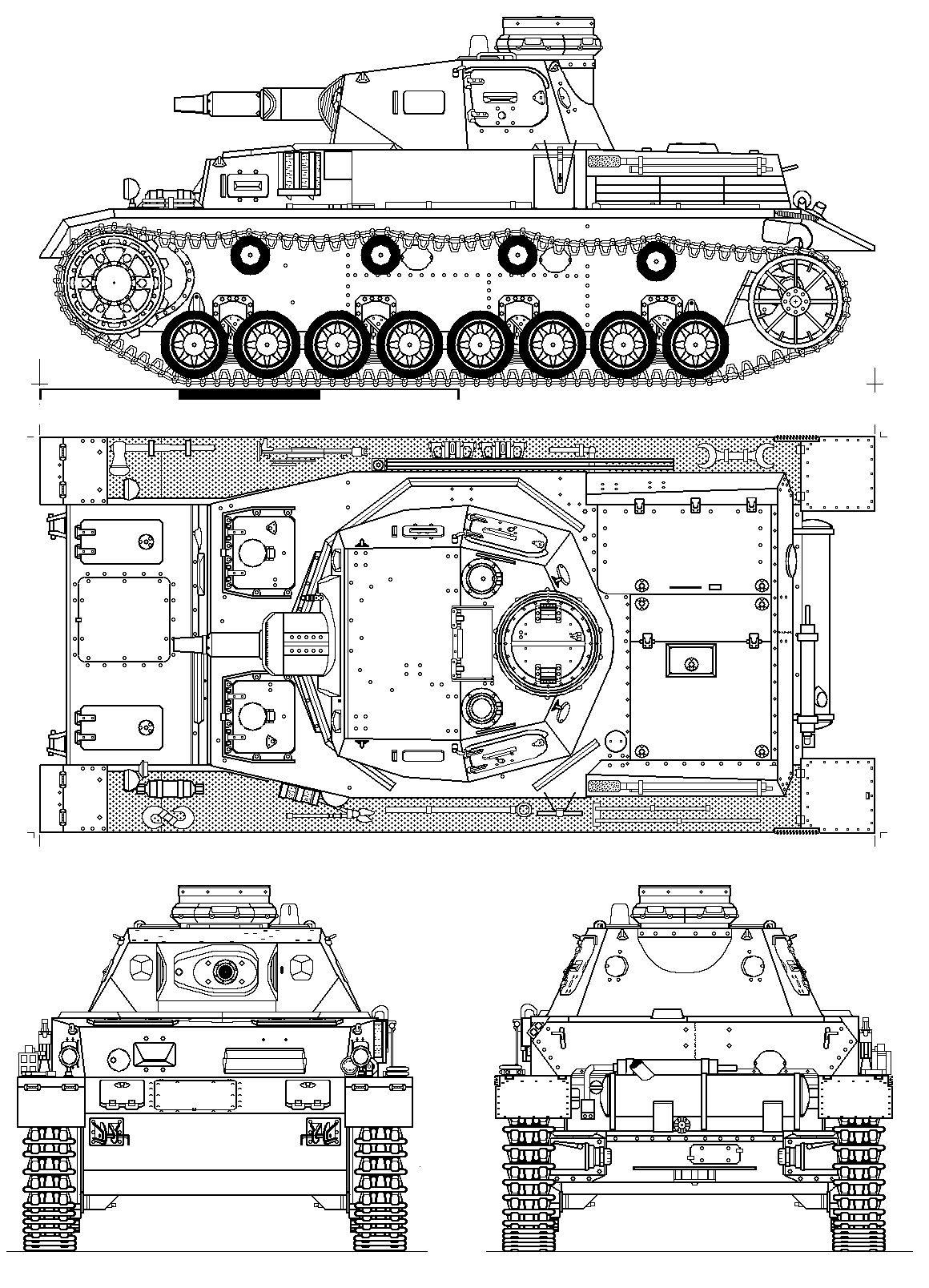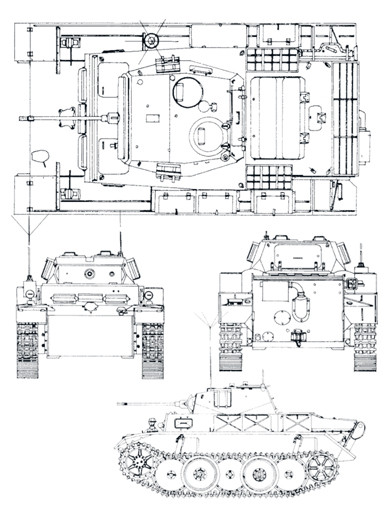HOME | DD
 Gorto100 — Pzkpfw4B[LD] t00GSO
Gorto100 — Pzkpfw4B[LD] t00GSO

#armor #armored #armour #armoured #axis #german #germany #panzer #tank #ww2 #wwii #panzer4 #panzertank #panzeriv #panzer_iv #panzer_4 #armordesign #armoredvehicle #armouredvehicle #panzerkampfwagen #wwiiart #wwiigerman #armourdesign #ww2german #ww2tank #wwiitank #wwiimilitary #ww2military #ww2art
Published: 2021-01-15 07:19:34 +0000 UTC; Views: 12432; Favourites: 60; Downloads: 22
Redirect to original
Description
Overview:Shortly after the introduction of the Pzkpfw-IV Auf-A (1 serie/BW), authorities contracted Krupp to produce the next Pzkpfw-IV version - Pzkpfw-IV Auf-B (2 serie/BW). The vehicle exhibited a number of new features as well as alterations to the existing Auf-A design. Production began May 1938 and continued until October 1938. The Panzerwaffe quickly absorbed Pzkpfw-IV Auf-Bs into its ranks, entering combat alongside other Pzkpfw-IV variants during the invasion of Poland.
Production:
Krupp produced Forty-two Pzkpfw-IV Auf-B (2 serie/BW) between May and October of 1938.
Design:
The Pzkpfw-IV Auf-B retained the same characteristics as the Auf-A with the following exceptions:
• Armor thickness increased from 14.5mm to 30mm on superstructure, hull and turret front.
• Front superstructure plate changed from two-piece stepped, to a single plate.
• Superstructure width was reduced at the center of the vehicle.
• Drivers' hinged visor was replaced with Fahrersehklappe-30 sliding visor.
• Radio operators' ball mounted machine gun replaced with a hinged visor and pistol-port.
• Radio operators' entrance hatch moved forward in line with drivers' entrance hatch.
• Driver and Radio Operator's entrance hatch changed from split hatch to single hatch.
• Turret ring guard added.
• A splash-guard was added to the ventilation hatch in turret roof.
• Antenna guard added to barrel of 7.5cm L/24.
• Round pistol ports replaced square pistol ports on the turret rear.
• New Pzkpfw-III C style commander's cupola with maximum armor thickness of 80mm replaced Auf-A's drum cupola with maximum armor thickness of 14.5mm.
• New Maybach HL120 TR (V-12) engine installed which had a maximum output of 285 HP at 2,800 RPM.
• New 6-speed SSG76 transmission installed, allowing the vehicle to attain a top speed of 42kph in sixth, and 33kph in fifth gear.
• To reduce overall weight, the total number of 7.5cm rounds carried dropped from 122 to 80.
Series Modifications:
The following changes were made during production:
¬ The first five Pzkpfw-IV Auf-B were built on Pzkpfw-IV Auf-A chassis.
¬ The last thirty Pzkpfw-IV Auf-B were built on Pzkpfw-IV Auf-C chassis.
Summer 1938:
¬ smoke candles were added to the rear hull of new vehicles.
The following modifications were made after production:
Spring 1939:
¬ Addition of a rain guard over the driver's visor.
Spring 1940-
¬ Addition of Notek and Convoy lights.
Spring 1941:
¬ Addition of 30mm applique armor to front hull and superstructure.
¬ Addition of stowage bin to the turret's rear.
Combat:
The Pzkpfw-IV Auf-B, like the Auf-A, saw action as a member of armored formations which included other types of Pzkpfw-IV, participating in combat during the Polish Campaign in 1939, the Low Countries and France in 1940 and possibly Norway the same year. Retrofitted survivors would have seen action in 1941 during the Balkans campaign and Operation Barbarossa against Russia. No data exists to determine specifically how long the Auf-B variant survived into the war, but the army did withdraw all short-barreled (L/24) Pzkpfw-IV from front line service by late 1943. In terms of deployment, the army did not distinguish the Ausf-B from any other short-barreled Pzkpfw-IV.
In terms of deployment, the army did not distinguish the Ausf-B from any other short-barreled Pzkpfw-IV.

























